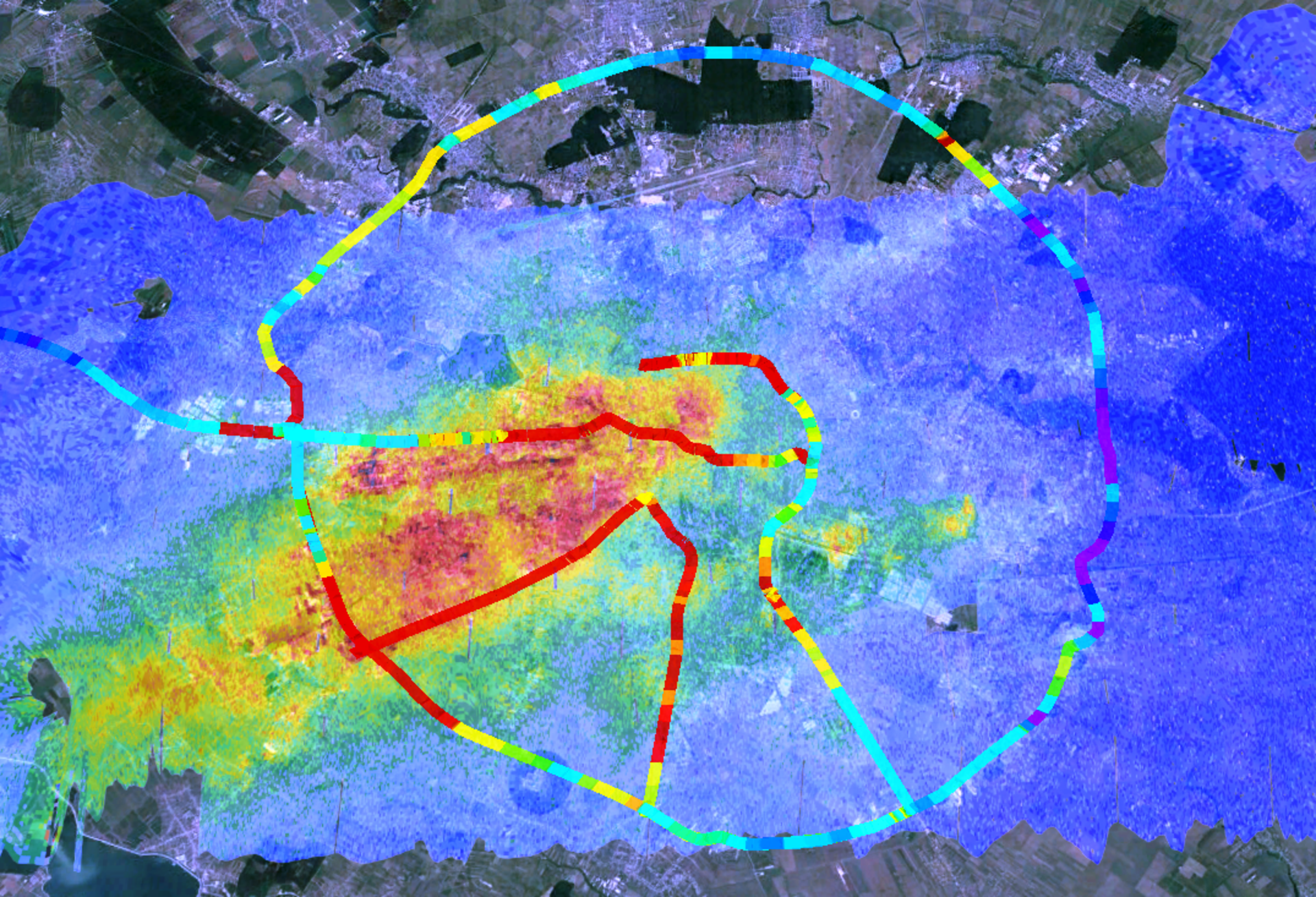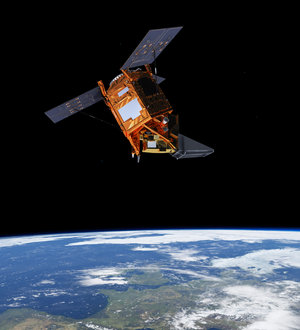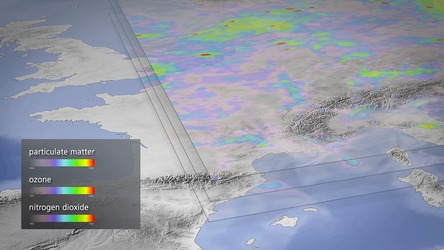Air quality under new scrutiny
As part of the preparations for the Sentinel-5 Precursor air-quality monitoring mission, scientists teamed up in Romania recently to test different airborne systems that will be used to ensure this new satellite delivers accurate measurements of pollutants in the air we breathe.
The World Health Organization estimates that around 3.7 million people died prematurely in 2012 as a result of being exposed to outdoor air pollution.
With air pollution now the world’s largest single environmental health risk, it has never been more important to monitor the air we breathe.
Governments and bodies such as the World Health Organization rely heavily on satellite data and computer models showing how pollution drifts in the air so that they can develop appropriate mitigation strategies.
Planned to be launched in 2016, Sentinel-5P will provide timely data on a multitude of trace gases and aerosols affecting air quality and the climate. The mission will also pinpoint pollution hotspots where public health could be at risk.

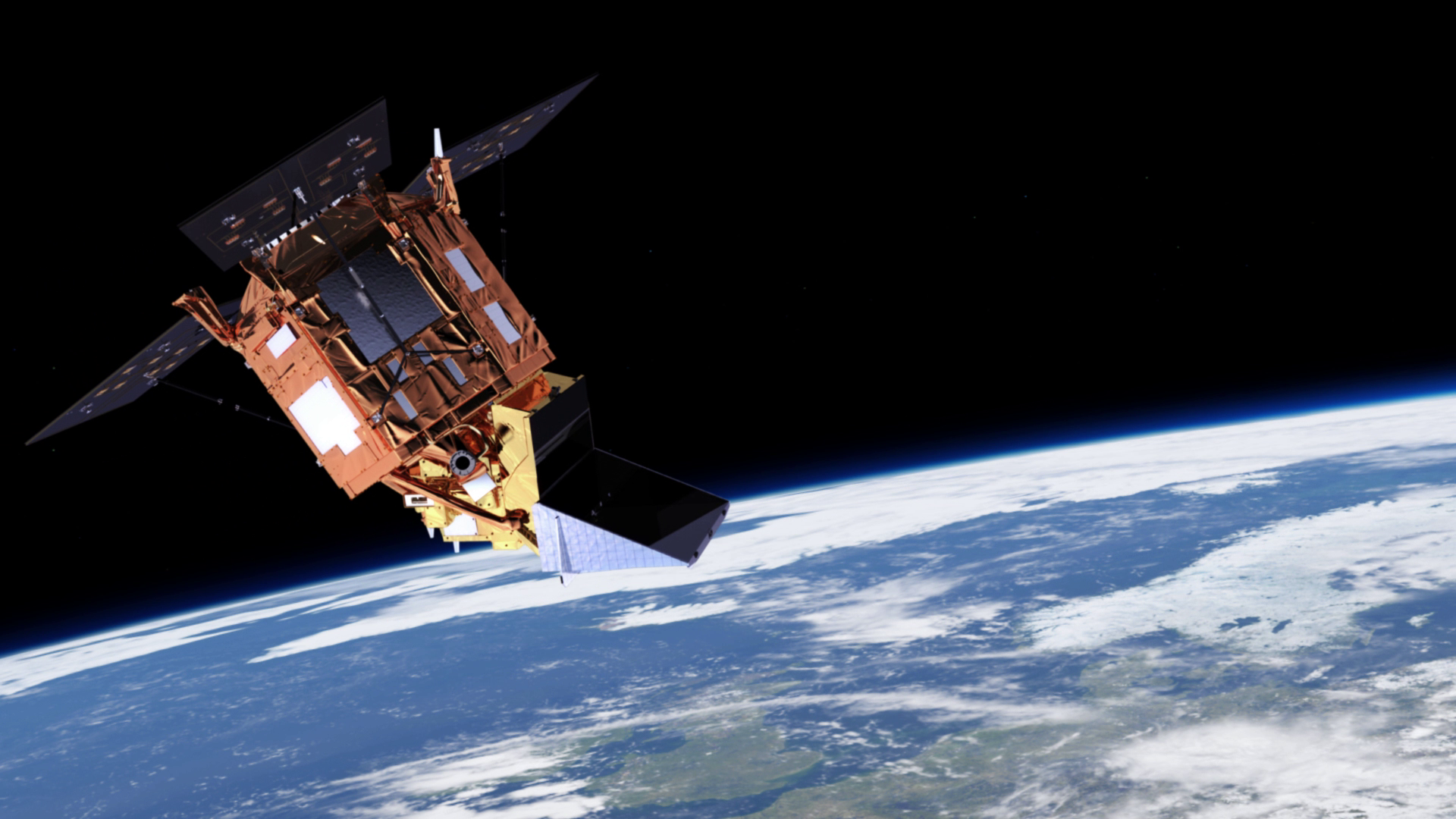
Access the video
It is the first Sentinel satellite dedicated to monitoring the atmosphere for Europe’s Copernicus programme – the largest environmental monitoring initiative in the world.
As with any Earth observation mission, it is important to make sure satellite instruments deliver accurate data and that this information can be used easily.
This usually involves developing similar sensors that take measurements from aircraft – but they, too, have to be tested. Importantly, airborne instruments are also used to validate data once the satellites are in orbit.
The recent Airborne Romanian Measurements of Aerosols and Trace Gases, Aromat, campaign drew scientists from eight European institutes to Bucharest to test new airborne systems dedicated to validating satellite air-quality measurements.

Coordinated by the Belgian Institute for Space Aeronomy, BIRA, on behalf of ESA, the campaign tested sensors such as the University of Bremen’s AirMap, the Royal Netherlands Meteorological Institute’s nitrogen dioxide sonde and BIRA’s small whiskbroom imager for trace gases monitoring.
Romania is a relatively new ESA Member State and this is the first Earth observation campaign to be carried out in the country. Notably, the Romanian University of Galati, the National Institute of Aerospace Research and the National Institute for Research and Development in Optoelectronics took part.
In addition, the exercise served to prepare forthcoming intercomparison validation campaigns that may also be carried out in Romania.
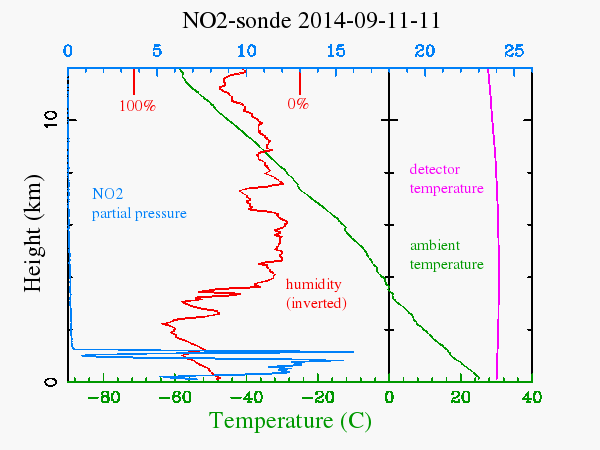
Two sites were chosen: Bucharest, a large urban environment with a lot of emissions from traffic – the image above clearly shows the large cloud of nitrogen dioxide emitted from the city, and the Jiu Valley where the large Turceni and Rovinari power stations generate localised plumes.
A Cessna-207 research aircraft, which logged 50 hours of flight, weather balloons and two kinds of unmanned aircraft carried a range of sensors to measure the distribution of nitrogen dioxide, sulphur dioxide and aerosols. Measurements were also taken from instruments on the ground for comparison.
The multitude of measurements, which are now being analysed, will form an important dataset to help assess the quality of the data from Sentinel-5P.
As its name suggests, Sentinel-5 Precursor is the forerunner of the Sentinel-5 instrument that will be carried on the MetOp Second Generation satellites expected to be operational in 2021.
Since air pollution is an immediate concern, Sentinel-5P is crucial for monitoring and forecasting global air quality, and for arming decision-makers with important information to support policy making until Sentinel-5 takes over.














 Germany
Germany
 Austria
Austria
 Belgium
Belgium
 Denmark
Denmark
 Spain
Spain
 Estonia
Estonia
 Finland
Finland
 France
France
 Greece
Greece
 Hungary
Hungary
 Ireland
Ireland
 Italy
Italy
 Luxembourg
Luxembourg
 Norway
Norway
 The Netherlands
The Netherlands
 Poland
Poland
 Portugal
Portugal
 Czechia
Czechia
 Romania
Romania
 United Kingdom
United Kingdom
 Slovenia
Slovenia
 Sweden
Sweden
 Switzerland
Switzerland

























